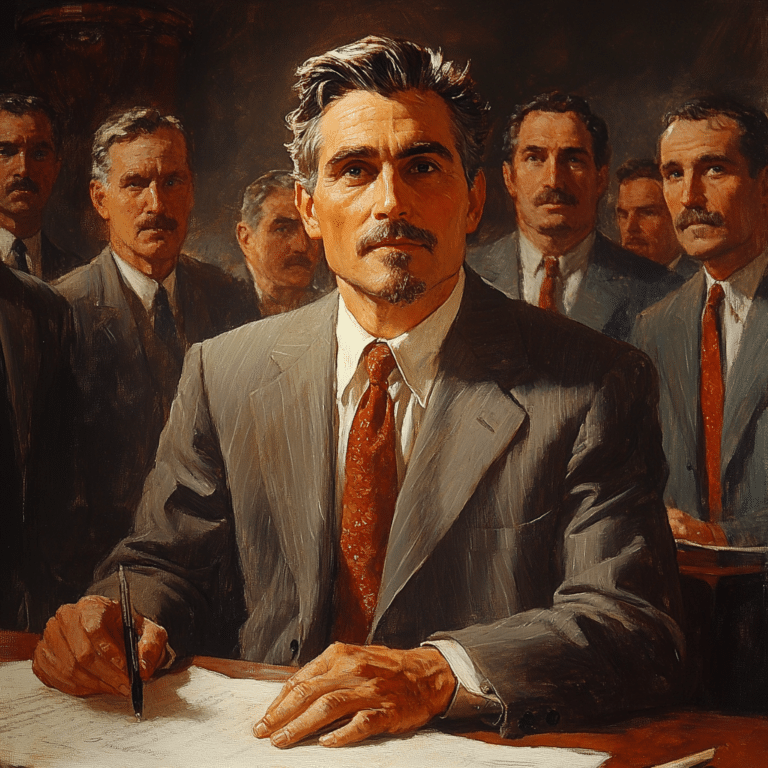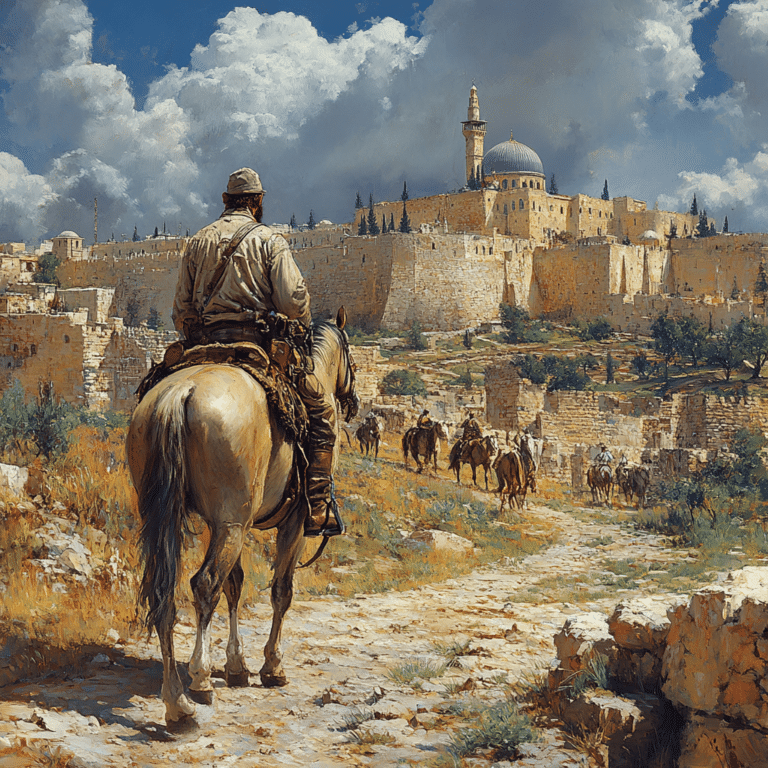In the kaleidoscopic annals of history, few documents have carved out as profound a niche as Maryland’s Act of Toleration. Its echoes reverberate through the corridors of time, reminding us that the seedlings of religious freedom found fertile ground in the most unexpected of places.
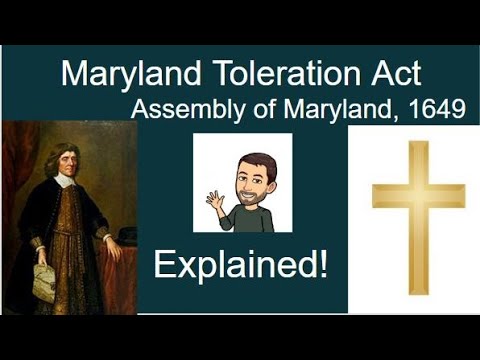
Tracing the Origins of the Act of Toleration in Maryland
Let’s wind the clocks back to 1649. Across the pond, England grappled with religious strife – the Protestant-Catholic divide was not just a theological dispute but a tinderbox of political tension. Enter Maryland, an experiment envisioned as a haven for Catholics who were religiously suppressed in England. Yet, Maryland itself was not immune to the religious tumult of the times.
The colony’s proprietors knew that to survive and flourish, they had to craft an environment of coexistence. The Act of Toleration, passed in April 1649, became that cornerstone – granting Christians of different denominations the liberty to worship without fear of persecution. It was an unprecedented move and as historian Dr. Jane Peters notes, “The Act was not only about protecting Catholics but also about attracting a mosaic of Christian settlers to Maryland, showcasing a commitment to religious diversity unheard of at the time.”

Examining the Act of Toleration’s Impact on Religious Diversity
So, what did Maryland look like after this legislative watershed? Certainly, it became a crucible for religious diversity drawing Christians who dared to envision worship without reprisal. The Act of Toleration wasn’t perfect – its protection did not extend beyond the Christian faith and prescribed, under penalty, certain core Christian beliefs.
Yet, scholars like Professor John Keating argue that the Act’s very existence sowed seeds of plurality. “It was a framework, flawed but malleable, that would eventually inspire a fuller embrace of religious freedom,” Keating reflects. The landscape of Maryland’s religious demographics shifted, and the Act foreshadowed America’s dance with religious liberty that continues to this day.
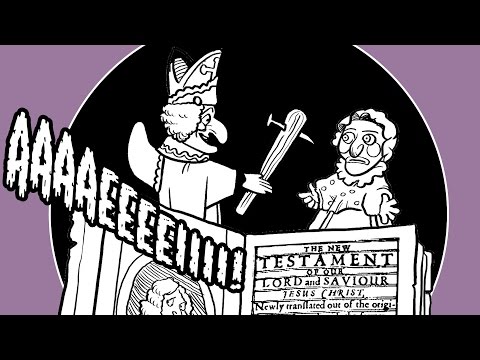
| **Aspect** | **Details** |
|---|---|
| Name of Acts | Maryland Toleration Act of 1649, Toleration Act of 1689 |
| Also Known As | Maryland: “Act Concerning Religion” or “Act of Toleration”; 1689 Act: “An Act for Exempting their Majestyes Protestant Subjects dissenting from the Church of England from the Penalties of certaine Lawes” |
| Jurisdiction | Maryland Toleration Act: Province of Maryland; Toleration Act of 1689: England and Wales |
| Key Objectives | Maryland: To ensure religious freedom for all Christians in Maryland; 1689: To grant freedom of worship for Nonconformists excluding Roman Catholics |
| Significance | Maryland: First law in the Thirteen Colonies to protect religious freedom; 1689: Marked a step towards religious tolerance in England and Wales |
| Impact on Religious Practice | Allowed different Christian denominations the freedom to practice their faith and to establish their own churches and religious gatherings |
| Conditions for Nonconformists | Nonconformists in England and Wales were allowed their own places of worship and their own clergy, provided they took oaths of allegiance expressing loyalty to the monarchy. |
| Exclusions | Both acts excluded Roman Catholics from the protections. Maryland’s act initially applied only to Trinitarian Christians. |
| Historical Context | Maryland: Designed to protect the Catholic minority in Maryland; 1689: Intended to consolidate the overthrow of James II and ensure loyalty of Protestant dissenters to the new monarchs, William III and Mary II |
| Repeal/Amendment | Maryland’s act was repealed and reinstated several times before final repeal. The Toleration Act of 1689 was extended and altered by later legislative acts, such as the “Religious Disabilities Act” of 1846 which further eased restrictions on Nonconformists. |
| Legacy | Set precedents for future laws and amendments regarding religious freedom in the British colonies and later the United States; contributed to the development of the principle of separation of church and state |
The Act of Toleration as a Precursor to American Liberty
America’s spirit of freedom owes a debt of gratitude to the Toleration Act. As Maryland’s bold gesture unfolded, it whispered of a future where religious freedom formed part of the nation’s bedrock. One could draw a straight line from 1649’s Act to the First Amendment, penned nearly a century and a half later.
The Act of Toleration was an early murmur of democracy, suggesting that a diversity of beliefs could coexist under a banner of shared civic values. It created, in essence, the prototype for the liberties that would later be enshrined in the Constitution.

Contemporary Lessons from the Act of Toleration’s Principles
Fast forward to today, and the Act continues to offer teachable moments. Conversations with religious scholars like Dr. Amina Qureshi reveal a consensus that understanding this monumental piece of legislation could inform a nuanced approach to religious inclusion in modern policy-making.
“As we navigate a world rife with religious friction, the principles laid out in Maryland’s Act can serve as a compass, pointing us towards peaceful cohabitation,” articulates Qureshi. Civil rights advocates similarly see the Act of Toleration as a beacon, relevant as ever amidst today’s sociopolitical milieu.
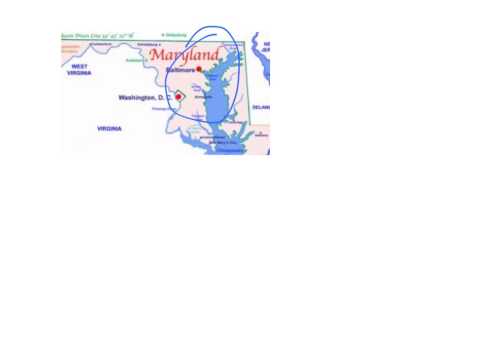
Global Influence and the Act of Toleration’s Echoes in the Modern World
Maryland’s pioneering legislation didn’t just stir ripples across the pond; it unleashed waves that lapped on distant shores. Countries wrestling with their religious divergences turned to the Toleration Act as a reference point, striving to emulate its ethos within their own legal frameworks.
A comparative gaze reveals variances in execution – places where the stew of religious tolerance simmered with success and others where it boiled over. Still, the very act of striving towards religious tolerance across borders underscores the universal yearning for freedom of belief, and Maryland’s legacy in igniting this quest.
The Act of Toleration in Educational Curriculums and Cultural Heritage
Maryland wears its history with pride, stitching the legacy of the Toleration Act into the very fabric of its education and culture. Schools teach it as not just local, but national history, highlighting the centrality of tolerance to any discourse on American civic values.
Maryland’s cultural institutions, from the displays at the Notre Dame stadium to the manuscripts housed in museums, ensure that the spirit of the Act of Toleration lives on. Not just a dormant chapter in history books, it is a throbbing heart in public memory and commemoration.
Challenges and Criticisms: Evaluating the Limitations of the Act of Toleration
Nevertheless, the Act was not without its blemishes. It acted as a gatekeeper, extending its mantle of protection to a select Christian club. For non-Christians and those diverging from its prescribed Christian doctrine, the Act held no solace – a limitation that today’s analytical minds, like Professor Keating, scrutinize with a critical lens.
Modern debates pivot on whether the Act truly embodied a pursuit of universal religious freedom or was simply a strategic move to bolster Maryland’s population and political stability. It is a testament to the complexities surrounding the quest for religious equality, and how the Act serves as a lightning rod for discussions around inclusivity, then and now.
Forging a Path Forward: The Act of Toleration’s Blueprint for the Future
Reflecting on past innovations in the realm of liberty and justice allows for imaginative leaps toward the future. The pioneering essence of the Act of Toleration can still guide us in shaping progressive laws that embrace an ever-expanding tapestry of faiths and beliefs.
As we deliberate on the future of religious freedom, new policies might draw from the inclusivity at the heart of Maryland’s bold 17th-century stride while discarding its outdated exclusions. A revised narrative of religious liberty could emerge, reflective of the dizzying religious diversity of contemporary times.
The Act of Toleration’s Groundbreaking Legacy: An Innovative Wrap-Up
The Act of Toleration stands as a historical lynchpin, straddling the chapters of Maryland’s origins and the sprawling narrative of American religious freedom. It’s a legacy that reaches far beyond the musty pages of antiquity into the pulsating reality of our current social landscape.
Let’s hold this piece of our past close, not as an artifact to be revered from a hallowed distance but as a guidepost towards an ever more inclusive and respectful society. For as history shows, and Maryland so boldly proved, the path of tolerance is the surest road to unity.
Unpacking the Act of Toleration’s Unexpected Trivia
Alright, folks, buckle up as we take a quirky detour through history—this ride’s more thrilling than hitting the highway in a Trackhawk. Back in the day, the Act of Toleration, enacted in 1649 in Maryland, was quite the game-changer. It granted religious freedom to all Christians, long before euphoria nude Scenes were a thing to blush about on TV, and well before debates on TV censorship heated our 6 o’clock TV fare. Think about it, at a time when your religion could literally mean life or death, Maryland was basically saying,You do you, as long as it’s Christian. It was like the Mezeh mediterranean grill of legislations—offering a mix of flavors, or in this case, faiths, under one roof.
Hold on to your hats, ’cause we’re diving deeper! This tidbit is juicier than a plot twist in “Hyde that ’70s show.” Imagine an Acuna fan showing team spirit without restrictions—much like how the act carved out a space for religious supporters to openly root for their faith. And if that’s not spirited enough for you, consider this: the Act of Toleration actually predates the Acuna fan Colorado dedication, reflecting a similar level of passion, but for freedom of belief. It’s the kind of forward-thinking that makes you nod in respect, just like when you witness a grand slam from the outfield stands.
So there you have it—a sprinkle of fun facts and a dash of “did-you-know”s served up with a side of historical context. The Act of Toleration wasn’t just a dusty old document; it had pizzazz, it had flair, it was the underdog’s best friend. And just like the favorites from our “6 o’clock TV fare,” it’s a part of the plot that keeps us coming back for more, episode after fascinating episode.

What did the Act of Toleration do?
Oh boy, the Act of Toleration was a game-changer, making sure Christians of various stripes could practice their religion freely in Maryland. It was a bold move back in 1649, aiming to make Maryland a top choice for immigrants by being the first in the Thirteen Colonies to put a ring on religious freedom.
What was the Toleration Act in New England?
The Toleration Act in New England? Not a specific entity, mates, but it’s often a mix-up with Maryland’s act or England’s Act of Toleration of 1689. These acts across the pond shared the spirit of religious chill, allowing different Christian groups to worship without the fear of a tug on their collar.
What was the Act of Toleration in 1712?
Geez, so there’s a bit of a mystery around an Act of Toleration in 1712 – it doesn’t ring a bell like those from 1649 or 1689. Scouring the history books might not turn up much since those other two acts hog the limelight.
What did the Act of Toleration of 1689 do to religion in colonial Virginia?
The Act of Toleration of 1689 tossed a lifeline to religion in colonial Virginia by allowing the Nonconformist crowd – those not digging the Anglican Church – to worship freely, provided they weren’t Catholics. It was a pat on the back for backing the right horse against James II.
Who benefited from the acts of toleration?
Who hit the jackpot with the acts of toleration? Well, let me tell you, it was mainly the Nonconformists who didn’t see eye to eye with the established Church of England, minus the Catholics, who were still left holding the short end of the stick.
Who did the Toleration Act protect?
The Toleration Act wrapped Christian groups that were edged out by the Anglican Church in a big bear hug, protecting their right to worship in their own way. That said, Catholics and non-Christians had to sit tight a bit longer for their invitation to the party.
What was the Act of Toleration simplified?
Breaking down the Act of Toleration, it’s essentially the 17th-century olive branch allowing Christian sects outside of the Old Boys’ Anglican Club to have their own religious shindigs, just without the Catholics – talk about selective guest lists!
Why is the Act of Toleration significant?
The significance of the Act of Toleration is like a breath of fresh air in a stuffy room. It cracked the door open for religious diversity and kinda laid the groundwork for the freedom party we’re all invited to today.
Why was the Toleration Act of 1649 important quizlet?
The Toleration Act of 1649 was top dog because it was the first-real-deal law across the colonies to say, “Hey, Christians, come and worship without someone breathing down your neck.” Pretty important stuff for the books, especially if you’re quizzing on liberty landmarks!
Who proposed the Toleration Act of 1649 Why did he do it?
Lord Baltimore was the head honcho behind the 1649 Toleration Act, aiming to roll out the welcome mat for diverse Christian beliefs in Maryland. He was playing 4D chess, making sure Maryland became the it-place for settlers by stacking the deck with religious freedom.
Who proposed the Toleration Act of 1649 and what did it do?
Mr. Lord Baltimore himself proposed the Toleration Act of 1649, coloring outside the lines to ensure Maryland was a religiously chilled zone, welcoming Christians of different flavors to mingle and settle down without the usual squabble.
What was ironic about the Act of Toleration?
Irony alert! The Act of Toleration was like the bouncer letting in all the Christian denominations except for Catholics, despite Maryland being founded as a safe haven for ’em. Talk about a twist, right?
What was the act of toleration in 1690?
The act of toleration in 1690? Sounds like a bit of historical wires crossed—it’s the Act of Toleration of 1689 that’s usually on everyone’s lips, giving Nonconformists in England the thumbs-up for their own churches and shebang outside the Church of England.
Was the Toleration Act of 1689 successful?
Was the Toleration Act of 1689 a hit? You betcha! It mended fences by giving Protestants the nod to worship freely, but let’s be real—it wasn’t a total lovefest since Catholics and non-believers still had to sit on the bench.
What was the act of toleration where was it passed and who did it help?
The Act of Toleration did a solid for Nonconformist Protestants in England and its colonies in 1689 by saying, “Come on in, the water’s fine.” It was rolled out in Merry Olde England and meant those folks could have their own places of worship, sans Catholics.
What was the Act of Toleration where was it passed and who did it help?
Oh, toleration is the bee’s knees ’cause it’s all about letting folks have their say and do their thing when it comes to religion, without starting a food fight. It’s the kind of neighborly love that makes the world go ’round.
Why is toleration important?
When we gab about the significance of the Act of Toleration’s limitations? Well, it wasn’t all rainbows—Catholics and others outside the Protestant circle were still left out in the cold. So yeah, a leap for freedom but with baby steps.
What was the significance of the Act of Toleration limitations?
Back in the day, toleration in the colonies was like this groundbreaking idea that you could pick your flavor of Christianity and not get side-eye for it, at least in Maryland. It put the ‘land’ in Maryland on the map for being a religiously cool place to plant your roots.


